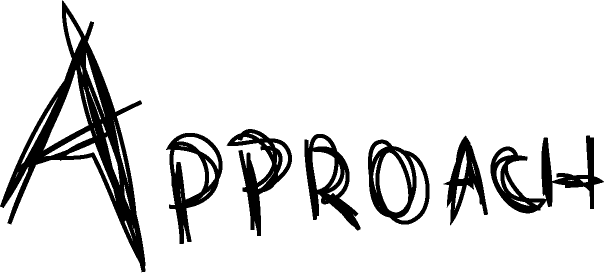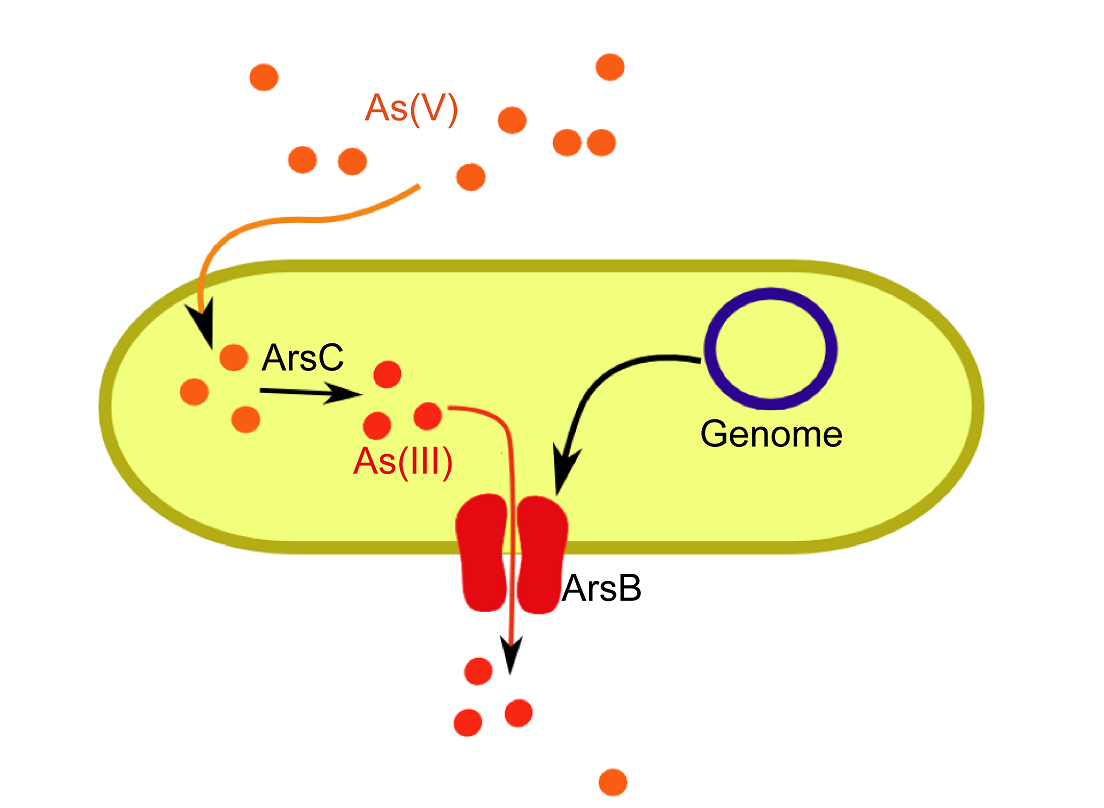Team:Virginia/Approach
From 2009.igem.org
(Difference between revisions)
| Line 10: | Line 10: | ||
[[Image:Approach.png|200px]] | [[Image:Approach.png|200px]] | ||
| - | + | [[Image:Ecol_nat.png|thumb|400px|The endogenuos ''E. coli'' arsenic detoxification pathway]] | |
We had two goals: | We had two goals: | ||
#Remove the arsenite efflux mechanism in ''E. coli'' | #Remove the arsenite efflux mechanism in ''E. coli'' | ||
#Create a sequestration mechanism | #Create a sequestration mechanism | ||
| - | + | ||
''Escherichia coli'' uses the [http://ecoliwiki.net/colipedia/index.php/arsB arsB] ion transporter to specifically transport arsenite (As(III)) ions out of the cytoplasm. We obtained a single gene knock-out from the [http://ecoli.naist.jp/gb6/Resources/deletion/deletion.html Keio Collection] for arsB. | ''Escherichia coli'' uses the [http://ecoliwiki.net/colipedia/index.php/arsB arsB] ion transporter to specifically transport arsenite (As(III)) ions out of the cytoplasm. We obtained a single gene knock-out from the [http://ecoli.naist.jp/gb6/Resources/deletion/deletion.html Keio Collection] for arsB. | ||
Revision as of 03:11, 22 October 2009
edit
We had two goals:
- Remove the arsenite efflux mechanism in E. coli
- Create a sequestration mechanism
Escherichia coli uses the [http://ecoliwiki.net/colipedia/index.php/arsB arsB] ion transporter to specifically transport arsenite (As(III)) ions out of the cytoplasm. We obtained a single gene knock-out from the [http://ecoli.naist.jp/gb6/Resources/deletion/deletion.html Keio Collection] for arsB.
Safety
- Would any of your project ideas raise safety issues in terms of: (researcher safety, public safety, or environmental safety?)
- The University's Environmental Health and Safety department was involved in our project from the beginning. Team members absolved training to handle arsenic and proper precautions were taken in the lab for storage.
- Is there a local biosafety group, committee, or review board at your institution?
- See above.
- What does your local biosafety group think about your project?
- See above.
- Do any of the new BioBrick parts that you made this year raise any safety issues?
- Hopefully they will make the world safer rather than raise safety issues! (No)
 "
"

